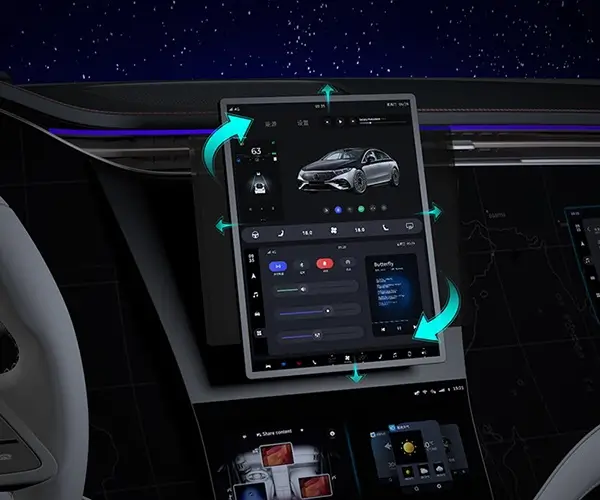In a world increasingly driven by automation and wireless communication, the humble remote control has evolved far beyond its origins as a simple device to change TV channels. Today, remote controls are vital tools for ensuring security, convenience, and smart connectivity—especially in home automation. Among the numerous technologies that dominate this landscape, the 434MHz rolling code remote control stands out as a modern marvel, blending advanced security features with user-friendly design.

Imagine the feeling of returning home after a long day, pressing a single button, and having your garage door or gate smoothly open without fumbling for keys or worrying about signal interception. This seamless experience is made possible through the magic of 434MHz remote controls that utilize rolling code technology, a system that ensures your access remains private and protected against potential intruders.
So, what exactly is the 434MHz frequency, and why is it so popular? The 434MHz spectrum falls within the unlicensed radio frequency bands commonly used for various wireless devices in residential areas. It offers a good balance between range, cost, and compatibility, making it ideal for remote control applications like garage doors, gates, lighting, and home automation systems.
But the real game-changer is the rolling code mechanism embedded within these remotes. Unlike traditional fixed-code remotes, which transmit the same signal every time, rolling code remotes generate a unique code for each pressing. This code changes dynamically, synchronized with the receiver, providing a near-impossible target for code grabbers or replay attacks.
The way rolling codes work is fascinating. When you press the button, the remote sends a code generated by a secure algorithm—often based on encryption keys and pseudo-random number generators—that is valid only for that specific session or button press. The receiver, such as your garage door motor or gate controller, recognizes this code, verifies its validity, and grants access. When you press the button again, the remote generates a new code, and the receiver updates its code sequence accordingly.
This dynamic process creates a moving target for intruders. Even if someone intercepts a code, they cannot simply reuse it later to gain unauthorized access because the system expects the next valid code to be different. This prevents replay attacks, one of the common vulnerabilities in older fixed-code systems.
The security benefits of 434MHz rolling code remotes are substantial. They effectively eliminate one of the most common cyber threats—code sniffing—making them much more secure than traditional fixed codes. For homeowners and security-conscious users, this technology offers peace of mind, knowing that their entrances are safeguarded against tampering.
Moreover, the robustness of the 434MHz band lends itself well to long-range communication, often reaching distances of up to 50 meters or more in open environments. This ensures ease of access without sacrificing security, allowing users to conveniently operate their garage doors or gates from a safe distance.
Another vital aspect to appreciate is compatibility. Many modern gates and garage door systems are designed to accept 434MHz rolling code remotes, and this has led to a broad ecosystem of devices capable of interoperating seamlessly. Users often find that upgrading their existing fixed-code remotes to rolling code versions is straightforward, sometimes requiring just a simple programming process.
Furthermore, the technology isn't limited to just access control. 434MHz rolling code modules are increasingly integrated into smart home systems, automation setups, and even vehicle security solutions. As IoT (Internet of Things) devices proliferate, so does the role of secure wireless control—making the reliability and safety of rolling codes more critical than ever.
However, with every innovation, there are challenges. Compatibility issues can arise if different manufacturers employ proprietary algorithms or coding schemes, and some older devices might not support rolling code technology. Therefore, when choosing or upgrading a remote control system, it’s wise to opt for trusted brands known for standard-compliant 434MHz rolling code solutions.
In this evolving landscape, cybersecurity awareness becomes even more crucial. Users should ensure that their remotes are configured correctly, and that manufacturers follow the latest encryption standards. A well-made 434MHz rolling code remote not only offers superior security but also enhances the overall smart home experience by making access effortless, reliable, and safe.
As we explore further, the technological backbone of rolling codes reveals a sophisticated blend of encryption and synchronization protocols. These systems are designed to provide not just security but also durability and user convenience—traits that have made 434MHz rolling code remotes a futuristic yet practical choice for many households and commercial facilities alike.
Kpower has delivered professional drive system solutions to over 500 enterprise clients globally with products covering various fields such as Smart Home Systems, Automatic Electronics, Robotics, Precision Agriculture, Drones, and Industrial Automation.




































